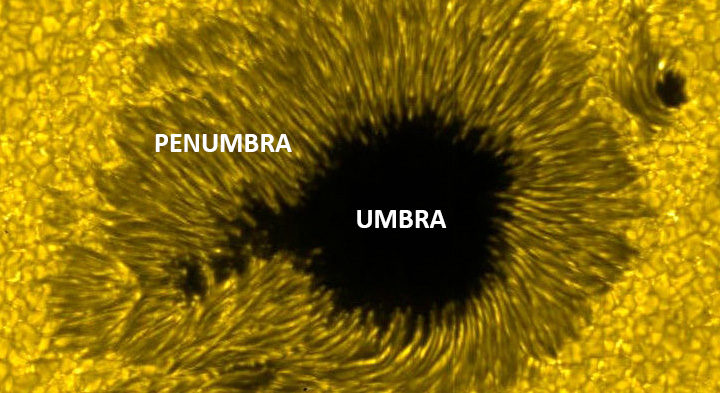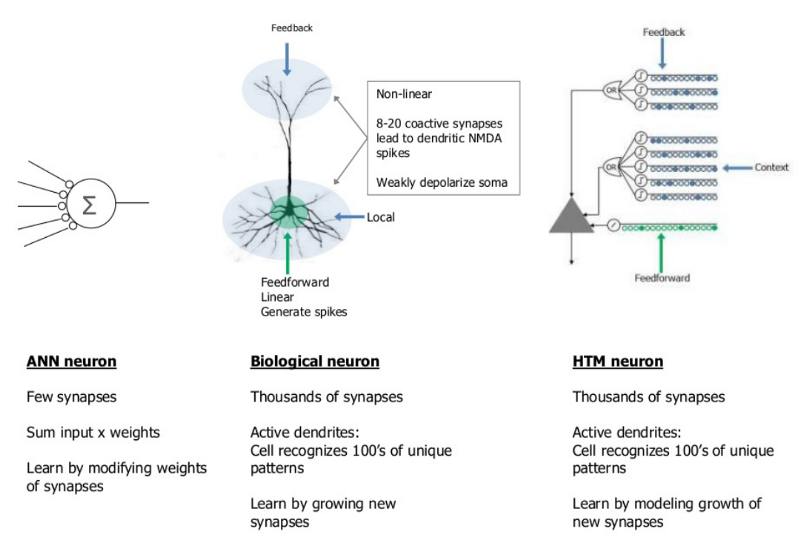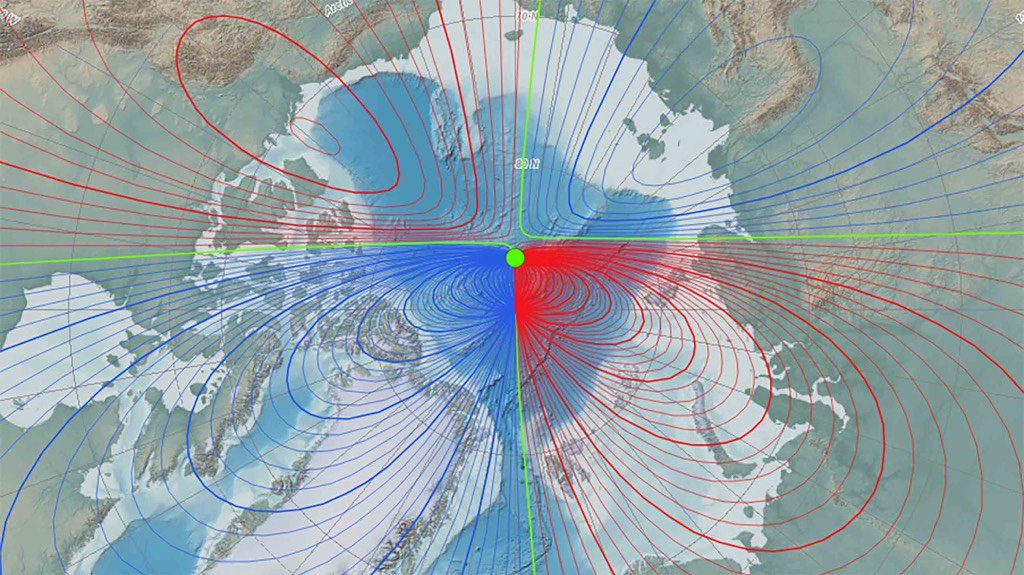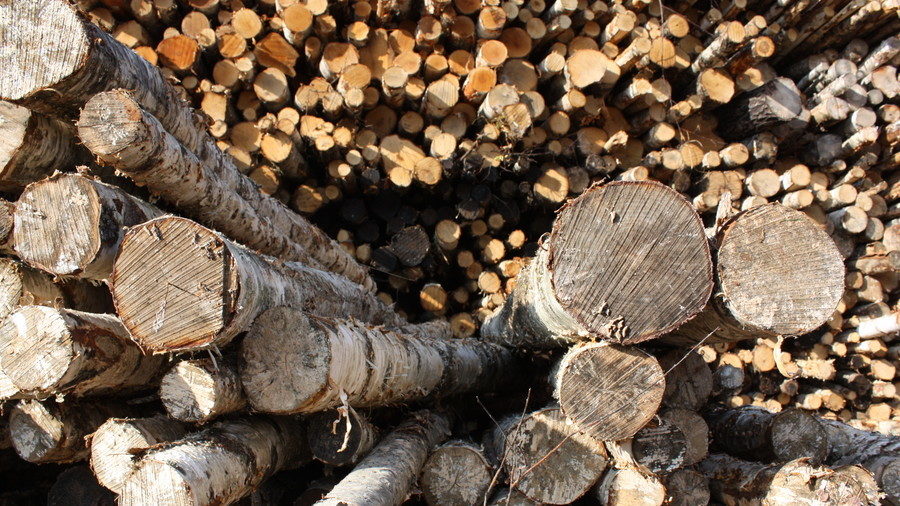
© AcksblogFig. 1. A sunspot caused by the impact of a Kreutz sungrazing asteroid, 2000 C cooler than the photosphere. Umbra, containing water and iron is moving inward at 30,000 km/hr.
Until about 20 years ago, helio-scientists believed sunspots were caused by some mysterious magnetic process within the Sun that has periods of about eleven years, because they could not conceive of a regular rain of bodies crashing into the Sun. Then SOHO, STEREO and other Sun-staring satellites observed over 3,000 such bodies, called Kreutz sungrazers, all in the same unique orbit, every one of which disappeared into the Sun. These are referred to as 'comets', because when they get close to the Sun, they leave trails, but none of these have been observed in the vicinity of the Earth. Although comets are imagined to comprise solely water, no such bodies have ever been observed close-up. When approached by probes, every one of them has displayed a solid core. Comets are merely 'leaking' asteroids.
Despite the observations of these bodies hundreds of papers are being written attempting to explain the magnetic process within the Sun which creates the sunspots.The > 3,000 Kreutz sungrazers are unique in ways that were not known until 2014, when the Rosetta mission approached and orbited 'comet' 67P C-G. Although this body emitted a few streaks of gas, it was never visible from Earth, except by powerful telescopes and thousands more are circulating unobserved. The belief that it was just water ice, because of its low density 0.5 g/cm
3, the popular image of 'comets', was disproven when Rosetta's 200 lb. lander Philae, equipped with spikes that were supposed to penetrate the ice and become locked on the surface, failed to penetrate and Philae bounced off the surface. This is the same tough stuff that comprises all asteroids. Rosetta images of 67P belie its low reflected radiance, only 4% of the incident light. The brightness of the Kreutz tails as they approach the Sun are used to estimate their mass, assuming they are pure water ice, and when they become invisible the 'comet' is imagined to have been consumed before impact. But they all have the same composition as 67P, which is obviously much tougher than water ice. That assumption leads to estimates of their diameters of several meters. However, 67P, was measured to be about 4 km in diameter. Images acquired by Rosetta show only a few thin streams of vapor - nothing like what would produce a large tail.
Another pertinent factor about the 3,000+ Kreutz sungrazers is that
not a single one survived their close encounters with the Sun. This is well illustrated by a
NASA video constructed using data from several Sun staring satellites. Despite this, astronomers claim that these 'comets' are not the cause of sunspots, because of their estimated size. Attempts to explain their origin as the result of the break-up of large comets thousands of years ago are futile, since all the fragments would be placed in different orbits. The 3,000 Kreutz sungrazers in exactly the same orbit dismisses this argument.














Comment: Those scientists are still drinking the global warming kool-aid. There's considerable evidence for the link between the sun's cycle and ice ages. See also: